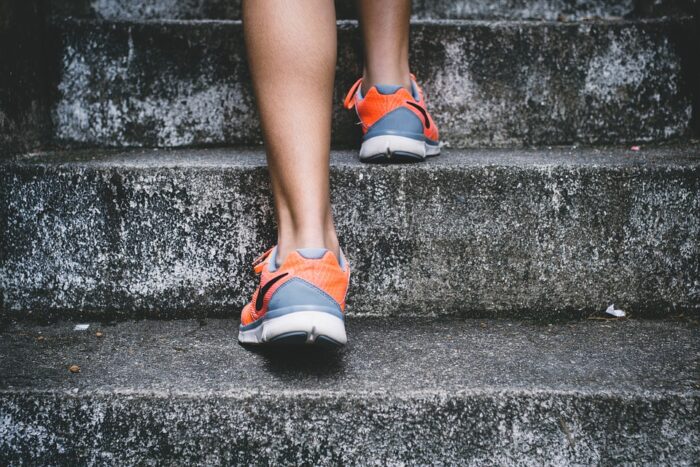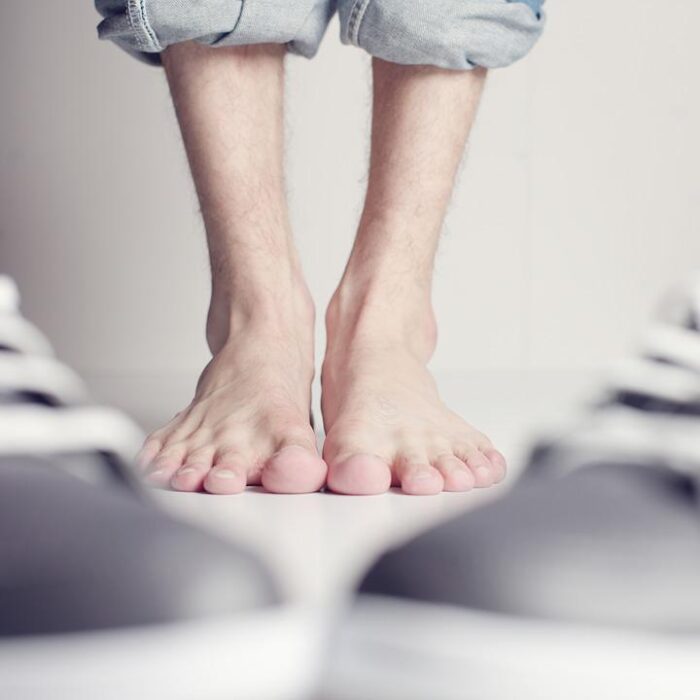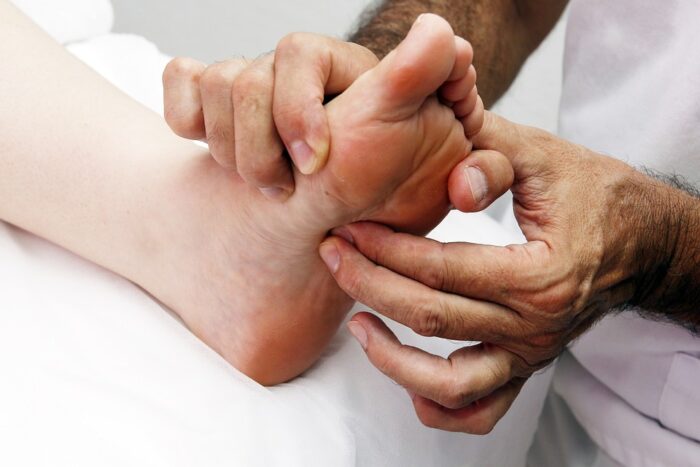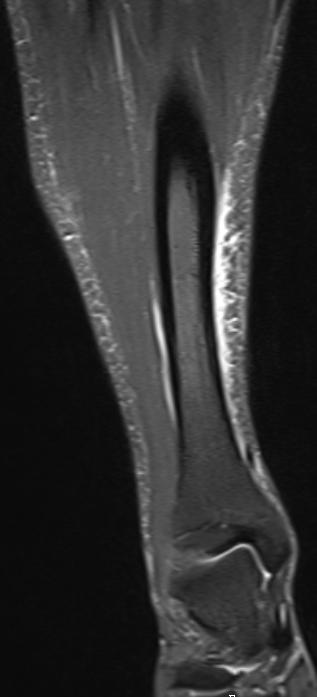Do you ever find yourself enjoying a nice walk or run when suddenly… you feel the creeping pain of shin splints slowly start to come on? Or maybe your heel starts aching, or the back of your foot (your achilles) gets hit with a dull ache?

One thing all these issues have in common is that they can be caused by improper footwear. In this post we will share with you the best type of shoe to wear for running and for indoor cross training. We will also discuss advice to help you avoid shin splints, plantar fasciitis, and achilles tendinitis. By the end of the blog, you will be equipped to go about your daily life, free from the hassle of these pesky pains.
We recruited the help of Michael Ryan, the Head of Product, Brand and Innovation at Kintec, to provide us with some professional advice.
What type of shoe support would you recommend for a runner / jogger?
Michael: “I would recommend a shoe that first of all fits well. Fit trumps everything else when it comes to footwear. I would want to understand what type of functional parts of a shoe this runner requires, is it making it easier to run, is it making it easier to run faster? Or maybe there’s a particular injury that this runner wants to accommodate. All of these things should be considered in recommending footwear.”
When purchasing new shoes for running or jogging, it is important to have clear goals and outcomes that you can express to your shoe expert. This will allow them to make the right recommendations to fit your needs and help you reach your goals. Maybe you don’t know what your goals are, and that’s ok! Shoe experts can recommend a shoe for you based on your reports of comfort and fit, with different styles and supports of shoes.
What type of shoes do you recommend for someone who does indoor cross training?

For indoor cross training, Michael recommends footwear that is lower profile, has a lower heel pitch, and has a higher density or durometer of midsole foam as it will help responsiveness during multidirectional tasks.
Heel pitch is the difference in cushion height between the forefoot and heel of the shoe, with pitches typically ranging from 0-12mm. Durometer refers to the hardness/stiffness of the material of the shoe. With less heel elevation and firmer foam in the shoes, not only will multidirectional movements be more controlled, but landing after jumping and high intensity movements will be more supported by your shoe, to help prevent injury.
Having the right shoe support can make a huge difference in your comfort and pain when exercising or even just walking. It is normal to have muscle soreness following physical activity after a long period of rest, and taking a break and stretching will most definitely help alleviate some of that pain. However, not all pain is good pain. If your pain is sharp, or limiting your range of motion, it is likely that something is not right. Certain pains can also be caused by altered gait or weight bearing during running and other exercise. Therefore, we have some final advice for you to avoid those pesky pains (achilles tendinitis, plantar fasciitis, and shin splints).
Types of pain lower leg pain: Achilles Tendinitis
The achilles is the long stretch of tendon that connects your calf to your heel; it can become aggravated when the intensity of exercise is suddenly increased, or the exercise is not consistent. If you start to feel an achiness in your achilles, take a break!
Tips to avoid achilles tendinitis
While it might sound like common sense, “listening to your body” is still worthy advice to dispense, especially if someone has a sport or activity they love and goals they want to reach. Individuals that tend to be new to activity, or have “suddenly” increased intensity or distance, it’s very possible that over-training is the culprit.
To decrease your chances of injury, be sure to gradually increase the intensity and duration of your exercise, as well as have shoes that support your arches to reduce strain on the achilles tendon. As always, if the pain is persistent and hindering your ability to do daily tasks, see your doctor.
Types of foot pain: Plantar Fasciitis

Plantar fasciitis is the inflammation of the tissue at the heel of your foot and is usually accompanied by aches. To prevent this pain, avoid shoes with minimal support such as flip flops, high heels, and 5 finger shoes.
Tips to avoid plantar fasciitis
Foot experts recommend keeping your feet strong and wearing a mixture of different shoes with different support. While I’m sure those comfy loafers, or stylish heels are your absolute favourite to wear, avoid wearing poor supportive shoes for prolonged periods when you have to be on your feet.
To keep your feet strong, swap out old shoes for those with better support and build up your foot and leg strength during training. Yes, there are exercises you can do to strengthen your feet and lower legs, it’s true! And yes, there are ways to do it progressively, if you find being barefoot uncomfortable (psst, we are always more than happy to help you build your strength to prevent plantar fasciitis and other injuries!).
Types of lower leg pain: shin splints

Shin splints is actually an umbrella term for several different types of pathologies. It often refers to the pain that runs along the front of your shin, usually down the tibia (the front bone of your shin). They can be caused by sudden increase in intensity or duration of exercise, hill running, uneven terrain, and more (similar to achilles tendinitis). Footwear that has good cushioning can help manage the pain if you are finding some discomfort with activity.
Tips to avoid shin splints
You can help avoid shin splints by following the same advice as avoiding Achilles tendinitis. Michael proposes “Don’t over train, listen to your body, and be consistent with your training.”
All in all, comfort is key. You may have a favourite brand or style of runners that have stuck with you through the years and give you the most comfort when you exercise, which is great! However, if you are active, you do want to replace your shoes at least annually, as the foam does break down along with the support it provides. The recommendations made throughout this blog are merely suggestions and tips to help you be more comfortable and content with your active life. Happy exercising!
If you would like more information or to get in contact with Michael, you can reach Kintec at service@kintec.net.

Author: Sarra Pirmohamed -Client Care Manager, Jr. Kinesiologist
Sarra started playing sports at a very young age and has always loved competition and being active. She has been inspired to learn more about exercise physiology and rehabilitation by pursuing a degree at Simon Fraser University and helping others live healthy lives.







